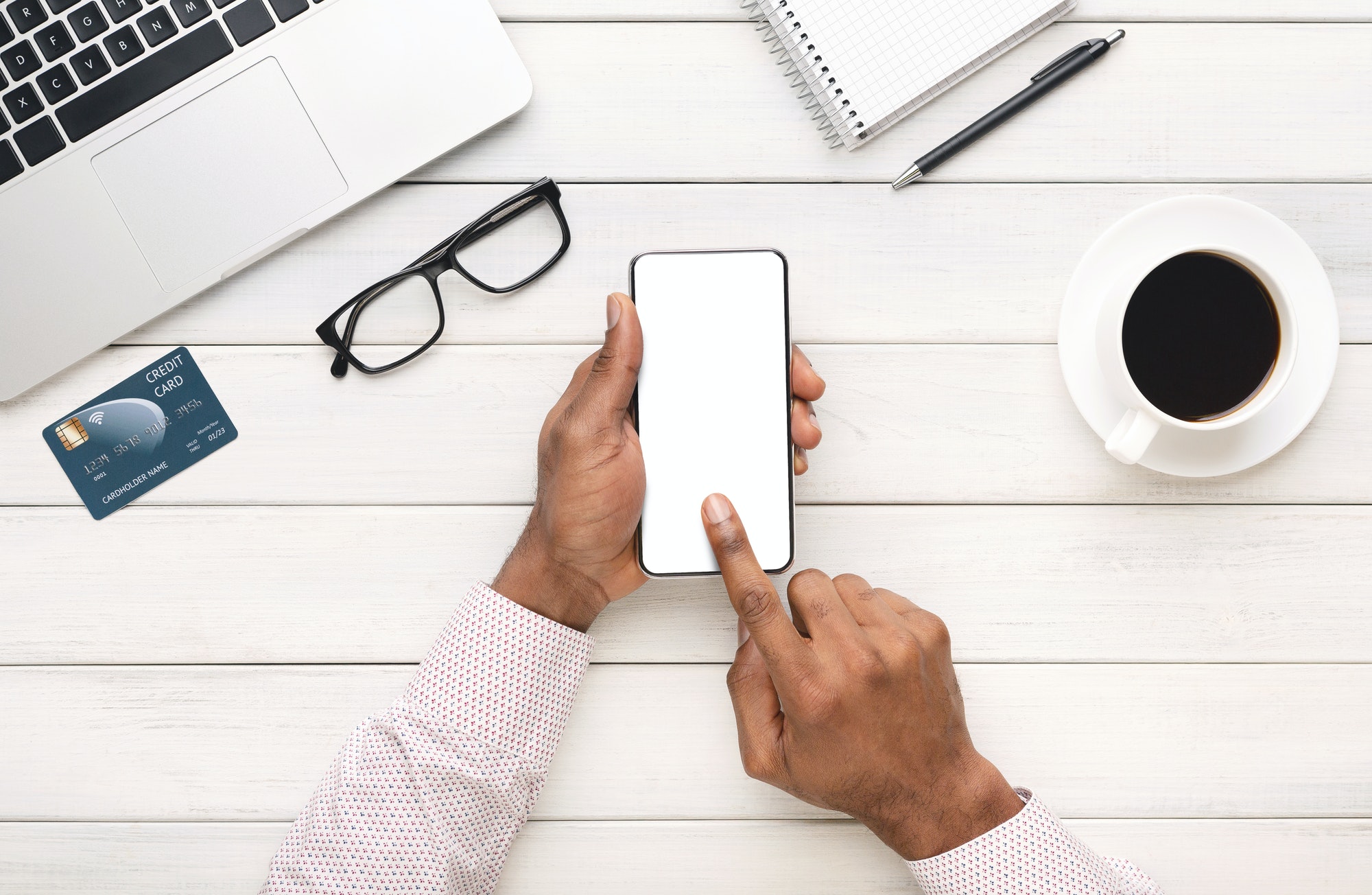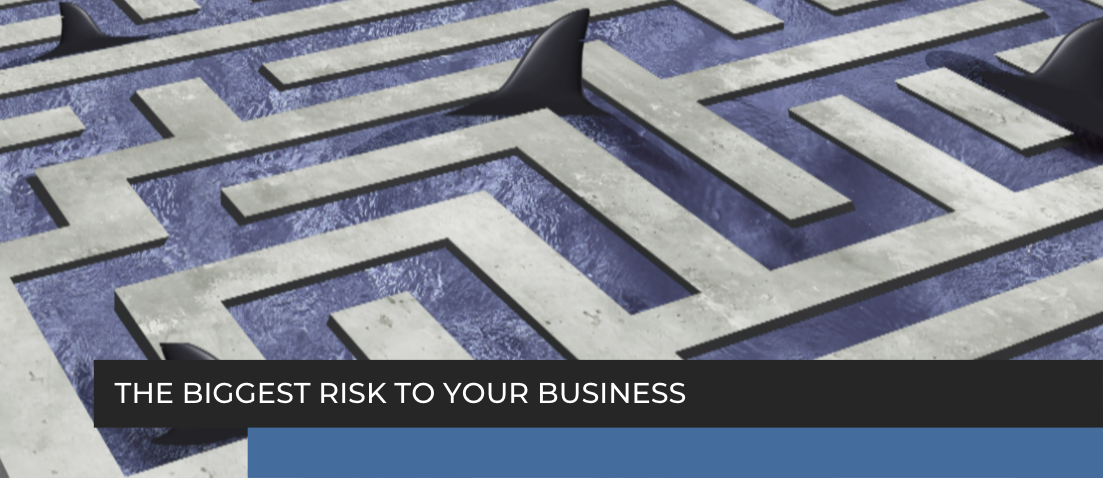Learn some simple, but highly effective methods of keeping your business data safe from attckers.
Password Hygiene
Using weak passwords is risky. So is using the same password across different services.
If you do this, it means that once somebody has your email address and password, they’ll find it incredibly easy to access your other accounts.
This can wreak havoc on your digital life and within your business. And the damage can spill over into serious real-world inconvenience too. This is especially true if identity theft is involved, or if they’ve managed to break into your social media or bank accounts.
Data breaches happen every day. And once your passwords and email addresses are out there, you never know whose hands they’ll end up in (many get sold on something called the Dark Web, a kind of hidden internet for criminals).
But what can you do to keep your passwords safe and your digital accounts secure?
Use a password manager
Instead of scratching your head to come up with a new password for each account, use a password manager to automatically generate long, random, strong passwords.
It’ll also remember them for you. You only need to remember one password… the master password to access the password manager.
The best password managers let you customise how long your passwords are, and what kind of characters they should include. And will keep them 100% safe while still giving you easy access across all your devices.
We can set you up with an Enterprise Password Manager (the one we use) and train you and your team on how to best use it – simply get in touch!
Turn on multi factor authentication (MFA)
What is Multi-Factor Authentication?
Multi – Factor Authentication (also known as MFA) is an extra layer of security on top of your username and password. It’s normally an item from one of the following 3 categories:
1. Something you know (E.g. A pin number, answers to “secret” questions etc.)
2. Something you have (E.g. token on a smart phone, a credit card etc.)
3. Something you are (E.g. A fingerprint, eye scan, voice recognition etc.)
The purpose of MFA is that if a hacker finds your username and password, they will still need the 2nd factor (layer) of information to access your account, making it much harder for them to gain access to all your Important Business Information.
As well as setting up a password manager, turn on multi factor authentication.
When you log in to your accounts, you’ll need to enter an additional security code.
These can be sent to you by text message. Better still, you can set up an authentication app on your phone that refreshes with unique codes every few seconds.
Multi factor authentication is available on most software. And is considered a highly effective tool against hackers. Even if they’ve got your login details, without your phone they can’t get in.
We recommend you implement this for all apps your staff use. After an initial bit of discomfort, they’ll soon get used to it. We can guide you and your team through the whole process – just give us a call!



